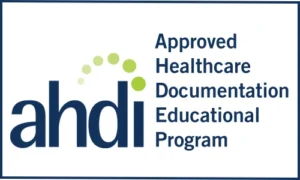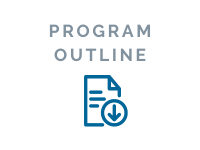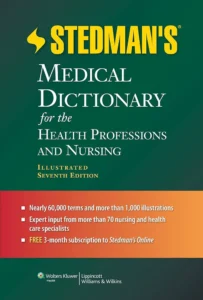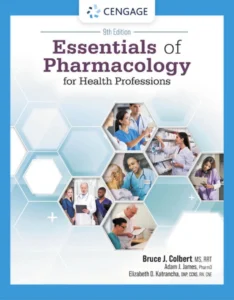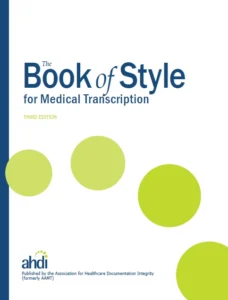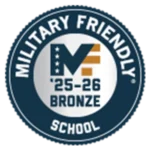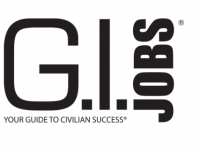
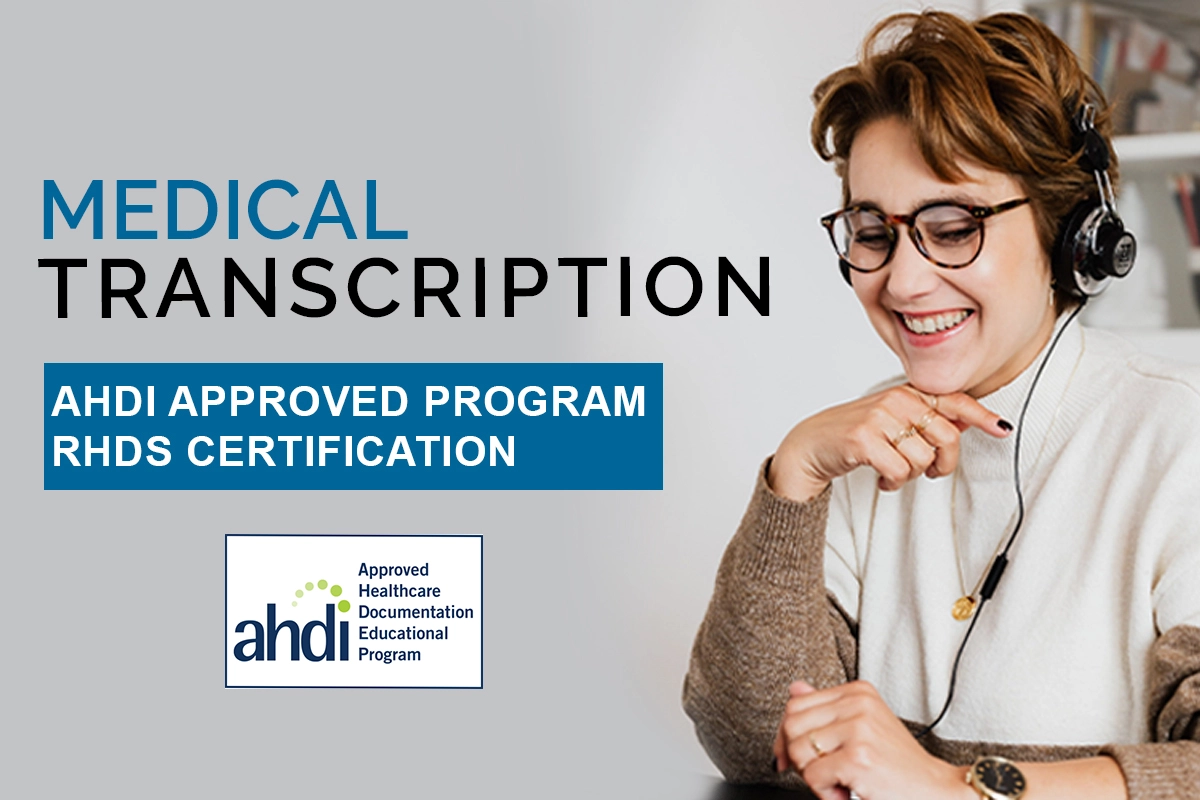
admissions
admissions
Completion Time
Completion Time
4-12 Months Average
810 Clock Hours
Average Salary
Average Salary
Certification
Certification
Accreditations
Accreditations

What you will do
Responsibilities of a medical transcriptionist include:
- Checking audio for errors and reporting as necessary
- Translating and understanding medical jargon, terms, and abbreviations into an easy-to-understand document
- Editing medical documents according to the employer’s preferences and requirements
- Using specific equipment and tools to dictate doctor’s notes into medical documentation
- Following confidentiality laws and guidelines
WHAT YOU WILL LEARN
Blackstone’s Medical Transcription Program includes human anatomy, pharmacology, and medical terminology. Through practice, you’ll build typing speed and efficiency, sharpen your grammar and punctuation skills, and learn medical transcription and editing methods. A 100 hour practicum with authentic doctor dictations and real-world practice provides hands-on experience to ensure you are accurately and effectively transcribing records and notes from a wide range of healthcare practitioners.
Graduates of Blackstone‘s Medical Transcription Program qualify to sit for the Registered Healthcare Documentation Specialist (RHDS) certification exam, administered by the Association for Healthcare Documentation Integrity (AHDI). Blackstone’s AHDI curriculum aligned Medical Transcription Program includes an AHDI Student Membership, the RHDS Exam Guide, and RHDS exam voucher.
Along with being an AHDI approved healthcare documentation educational program, Blackstone’s Medical Transcription Program prepares you for the RHDS credential. Certification validates your core knowledge and skills to employers, distinguishes you from those without a credential, and demonstrates your commitment to the healthcare profession.
Program outcomes
- Identify common learning strategies
- Identify and describe common healthcare and medical reports
- Explain the purpose and describe the components of a healthcare record
- Demonstrate knowledge of guidelines for grammar, punctuation, editing, and transcription
- Identify and define common medical prefixes, suffixes, and roots
- Identify common diseases, diagnostic and surgical procedures, laboratory tests, and drugs used to treat disorders and diseases related to dermatology, cardiology, pulmonary medicine, endocrinology, orthopedics, urology, gastroenterology, obstetrics and gynecology, otorhinolaryngology, ophthalmology, neurology, psychiatry, pathology, and radiology
- Demonstrate knowledge of proper business etiquette
- Define and explain the importance of medical ethics
- Explain the difference between a healthcare record and a medical report
- Describe the process for writing effective resumes and cover-letters
- Describe how to proactively search for work as a medical transcriptionist

what you will make
Medical transcription earning potential varies based on factors such as experience, skills, and geographic location. High production employees have the potential to earn more in this field. The more you transcribe, the more you’ll make. According to the Occupational Outlook Handbook, medical transcriptionists median salary is $37,060.
MEDIAN SALARY
$37,060
*While Blackstone’s training and industry relevant certifications may be accepted and/or approved by your state, employers reserve the right to dictate prerequisite education, experience, or certification requirements for their positions. We advise prospective students to research your state requirements and restrictions prior to enrollment.
SELECT THE PAYMENT OPTION THAT WORKS FOR YOU
FULL PAYMENT
-
$2,995SAVE $409 -
Access to all lessons
-
Total $2,586
PAYMENT PLAN I
-
$2,995SAVE $299 -
Most popular plan
-
$99 down payment, 17 monthly payments of $149, final payment of $64
-
Total $2,696
PAYMENT PLAN II
-
Lowest monthly payments
-
$99 down payment, 29 monthly payments of $99, final payment of $25
-
Total $2,995
Refund Policy
At Blackstone, our Student Service team focuses on student satisfaction. However, if you choose not to continue your studies, we offer a refund policy. Cancellations within the first 5 days of enrollment receive a full refund. After the first 5 days, your refund amount is based on tuition collected, lessons completed and enrollment date. Learn more about our refund policy.
Cost of Attendance
To view a breakdown of our COST OF ATTENDANCE (All books and materials are included in the tuition cost), OTHER FEES (Registration Fee), and a sample tuition cost breakdown on our tuition protection policy page. You can also view our optional fees here.
program Materials included
Blackstone’s Medical Transcription Program includes a foot pedal designed for dictation and transcription, to be used in the program and beyond. Students will access medical transcription modules and practice with authentic doctor dictations on a transcription platform. Near the end of the program, students will obtain “real-world” experience in healthcare documentation while being mentored by a practicum supervisor.
Meet Your Instructor

Audrey Kirchner, Medical Transcription Consultant
Audrey Kirchner, CHDS, has been involved in the medical transcription field since the 1970s. She lives in the state of Washington and currently works full-time as an MT/editor for a transcription service in Colorado, covering multiple clinics and hospitals across all specialties in all parts of the United States. She owned a robust MTSO for over 25 years and mentored hundreds of independent contractors of all expertise levels who worked for her. In 2012, she became an MT instructor and since that time has worked for several online schools as well as teaching transcription at a local community college. In addition, she is a freelance writer, writing MT articles on a platform called Hubpages, as well as for Plexus Magazine for AHDI. She enjoys photography, sports, gardening, gourmet cooking and playing piano, cohabitating with her beloved malamutes, and enjoying the company of her grandchildren and husband.
AS FEATURED IN
FAQs
One of the major advantages in taking Blackstone’s Medical Transcription Program is that students can work at their own pace. Many students complete the program in 6-12 months. Students have up to 18 months from their enrollment date to complete and graduate from their program.
Blackstone’s Medical Transcription Program is self-paced and fully online allowing you to study and complete coursework on a schedule that works best for you.. Many students complete the program in 8 -12 months. You’ll have up to 18 months from your enrollment date to access, complete, and graduate from this program.
Yes it does! Graduates of Blackstone‘s Medical Transcription training program qualify to sit for the Registered Healthcare Documentation Specialist (RHDS) exam, administered by the Association for Healthcare Documentation Integrity (AHDI).
Working in the medical transcription career offers a variety of healthcare settings, including doctors’ offices, public and private hospitals, teaching hospitals, medical transcription businesses, clinics, laboratories, radiology and pathology departments, insurance companies, medical libraries, government medical facilities, rehabilitation centers, legal offices, research centers, veterinary medical facilities, and associations representing the healthcare industry.
The medical transcription career offers the opportunity to work with healthcare professionals in multiple specialties. Transcriptionists work with pharmacists, therapists, technicians, nurses, dieticians, social workers, psychologists, and other medical personnel. All of these healthcare providers rely on information that is received, documented, and dispersed by the medical transcriptionist.
The biggest tip to passing a certification exam is to complete the preparation coursework included in this program.
CHANGE LOOKS GOOD ON YOU - REQUEST INFO TODAY!


1011 Brookside Rd, Suite 300 Allentown, PA 18106
© 2025 Blackstone Career Institute. All rights reserved. Privacy Policy.


